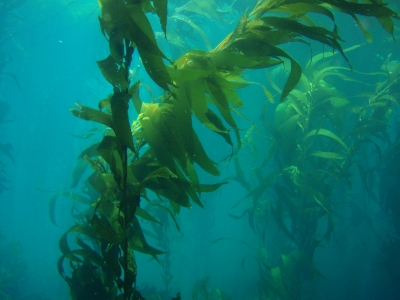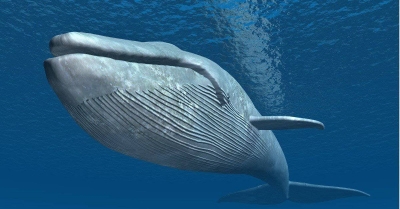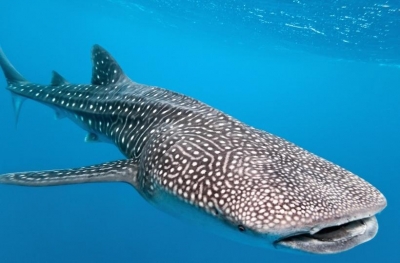
Alaska’s snow crabs are named so for their love of cold water, which they inhabit. But, due to the heatwaves in 2018 and 2019, their habitats were not cold enough, and this is suspected to be the “key culprit in the mass die-off. The warmer are believed to have affected the species in more ways than one.
Recently, the Alaska Department of Fish and Game announced that the Bering Sea snow crab season will stay closed for catching during 2022-23 to conserve and rebuild the species. (Though they are found in a couple of other places too, it is in Bering Sea that these crabs are abundant and also grow to reach “fishable sizes”.) The announcement follows an annual survey by the National Oceanic and Atmospheric Administration, which discovered that the crustacean numbers “fell to about 1.9 billion in 2022, down from 11.7 billion in 2018”, a reduction of nearly 85%. What caused this dramatic loss, and how will closing the season help the species? Come, let’s find out.
Alaska’s snow crabs are named so for their love of cold water, which they inhabit. But, due to the heatwaves in 2018 and 2019, their habitats were not cold enough, and this is suspected to be the “key culprit’ in the mass die-off. The warmer temperatures are believed to have affected the species in more ways than one. For instance, studies “have pointed toward a higher prevalence of Bitter Crab Disease as the temperature heats up”. Further, unlike in cold waters, these crabs “need more energy to stay alive” in warmer waters, causing them “metabolic stress”, which likely led to limited movement, and eventual starvation. Apart from this, young crabs require low temperatures of water where their mobility is high, helping them evade predation. When the waters warm, they slow down, and their chances of being targeted by their major predator- the Pacific cod – are higher. 5
However, it is interesting to note that a marine biologist has said that the current predicament was linked more to climate change rather than to overfishing because fishing “removes only large adult males” but the decline in population appears across all sizes of snow crabs. If that’s the case, what explains closing the area for catching these crabs?
Because, the temperature of the water has now returned to normal; closing will help the reproduce and recover. Comfortingly, “this years survey saw significant increases in the immature crabs compared to last year”.
Picture Credit : Google






